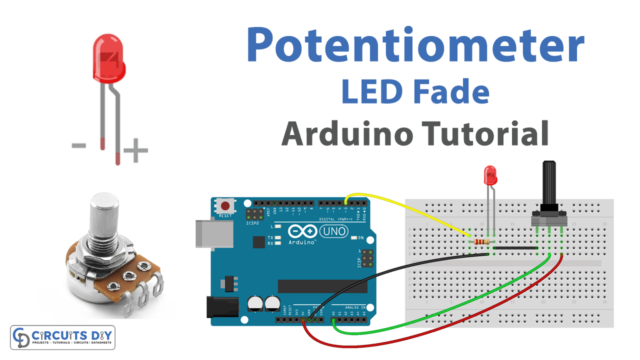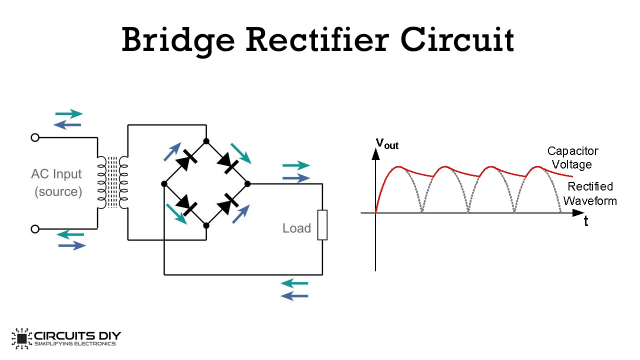Introduction
Most of us are cricket fans, and love to enjoy that sport; either by watching our favorite players on the ground or by playing on the streets. Cricket is one of those passionate games followed by millions of people around the world. The most unfortunate situation in a cricket game is when our favorite batsman gets out. Thus, in past sometimes it happened that the ball doesn’t strike the stumps but passed very near that stump and empires considered the batsman out. But now, since technology is everywhere, it also has reached cricket in so many ways. For example, now the stump has LED flashers in it. So, in this tutorial, we are going to the “Cricket stump LED flasher circuit”.
IC1 LM3909, ALS-PT19 sensor, Four LEDs (5mm), and a few passive components make up this circuit. It’s simple to put together and takes a small space. Each stump has an ALS-PT19 sensor and switches for the Flasher IC LM3909, and two bails are put on top of the stumps to cover three stumps. When the bails are present, the light sensor (ALS-PT19) can’t get light, therefore it reacts as an open switch, and the LEDs are turned off. When the ball strikes the LEDs flash.
Hardware Required
| S.no | Component | Value | Qty |
|---|---|---|---|
| 1. | IC | LM3909 | 1 |
| 2. | Light Sensor | ALS-PT19 | 2 |
| 3. | LED | – | 4 |
| 4. | Potentiometer | 10KΩ | 1 |
| 5. | Capacitor | 1100uF | 1 |
| 6. | Resistor | 39Ω, 220Ω, 750Ω | 4, 1, 1 |
| 7. | Battery | 3V | 1 |
| 8. | 2-Pin Connector | – | 1 |
Circuit Diagram

Working Explanation
In this Cricket stump LED flasher when the power supply is supplied to pins 5 and 4, the LED Flasher/Oscillator IC LM3909 produces a pulse output. When the bails are placed on the stumps, there is no way to perceive the light, and the ambient light sensor (ALS-PT19) operates as an open switch (T1 and T2), preventing the power supply from reaching the flasher circuit. When the ball strikes the stumps, the bails may float in the air, exposing sensors in the bails to light, which functions as a closed switch (T1 and T2). This bias from the battery reaches the flasher circuit, causing the LEDs attached at the output to glow alternately.
Application and Uses
The circuit is particularly made for cricket stumps. And, therefore used in them.














